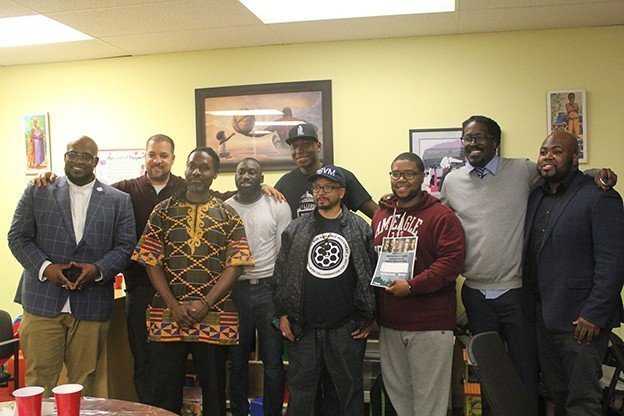BY: JELANI GRANT
The first Toronto-based anti-black racism campaign has begun with a formal launch, with meetings including empowering community organizations across the city.
The final official TorontoForAll meeting ended on March 4th, summing up to forty-one total meetings from various community organizations such as the Ontario Council of Agencies Serving Immigrants, For Youth Initiative, Tropicana Community Services, the Jamaican Canadian Association and Young & Potential Fathers in partnership with Black Daddies Club. The theme of each conversation focused on social issues concerning the black community such as children youth development, committee engagement and black leadership, health and community support, job opportunities and low-income support, police, and justice system.
The first of the City’s community conversations addressing anti-Black racism in Toronto took place on January 21st, the same day as the launch, at Ujima House on Weston Road.
Director Social Policy, Analysis and Research Denise Andrea Campbell said, “We’re trying to help people talk about the gap between our aspirations and our reality”. Campbell oversees the social policy and research function within the City, as well as the Community Safety Secretariat.
The TorontoForAll campaign began as a movement that promoted inclusion and accepting diversity for Syrian newcomers. Now Campbell is working to raise awareness in Toronto about Anti-Black racism, with the aim of teaching people how to recognize it in social and environments and challenge it. The anti-Black racism campaign began October 30th with posters across the city, calling out racial disadvantages black people face throughout their personal and work life. City Hall already has three more campaigns in the works, pandering to the social issues of the homeless, transgender and First Nations communities.
Though Campbell, and Mayor John Tory, attended a number of meetings, City of Toronto staff were primarily in attendance to listen to the issues presented by seasoned community leaders. “Just going around this room, I was hearing the background of the people,” said Tory. “Highly educated, highly experienced people who’ve been dealing with some of these issues for years and have way more expertise and background than I would’ve had if I spent the next five years studying”. Because Tory and Campbell were not leading the discussions, all of the meetings were organized and mediated by members of organizations such as Women’s Health In Women’s Hands, METRAC and Skills for Change.
Zakiya Tafari is the Interim Managing Director of The Young & Potential Fathers. The organization, located at Ujima House, addresses the cycles of disengagement, lack of resources, and minimal representation of black fathers with a specific focus on African Canadians.
The Black Daddies Club creates a space for fathers to share their challenges and experiences. Founded by Brandon Hay the organization works to address issues facing Black fathers, children, and families. The main goals of the organization are to change the image of the “absent Black father” that is prevalent in the media and to assist young Black men to become better fathers. Hay was inspired with the idea for Black Daddies Club after his father was shot and killed by an eleven-year old boy in Spanish Town, Jamaica, who was later killed by the same men who hired the boy. The normalization of this violence drove Hay to work to improve his community while simultaneously protecting his family.
The Community Conversations are organized around a City review of recommendations made by members of Toronto’s Black communities over the past forty-one years. Now the movement is stepping into phase three of the anti-black racism initiative, reviewing the issues and solutions discussed by the community. At the end of April, the City plans to bring their review results back to the community and the Executive Committee will look at the action plan in June and Council will finalize decisions of the action plan in early summer. The expectation is to present the action plan to the public by the fall of this year.

